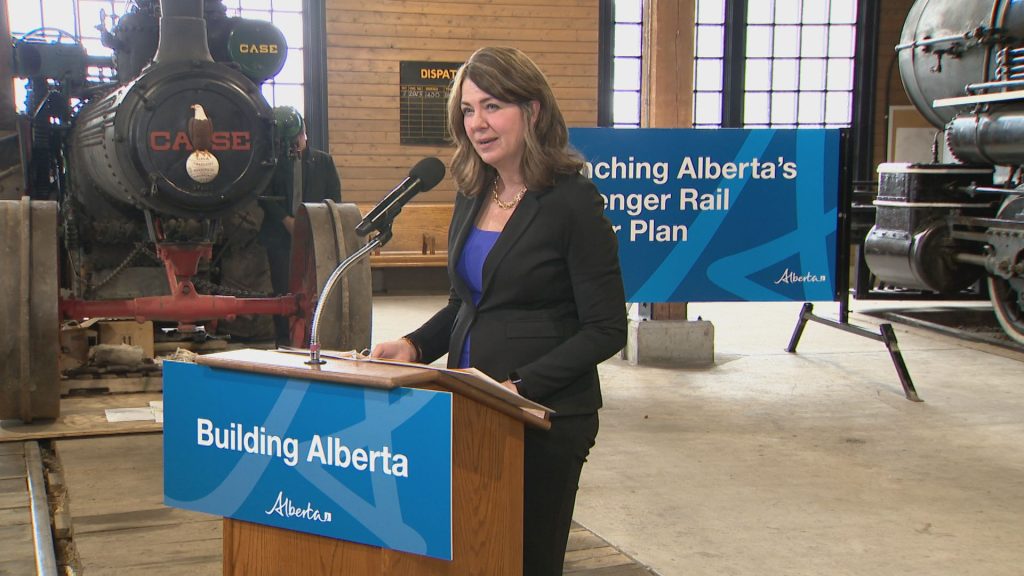Bank of Canada weighing rate cut to help cushion commodity punch
Posted Jan 19, 2016 4:23 pm.
Last Updated Jan 20, 2016 3:18 am.
This article is more than 5 years old.
OTTAWA – The Bank of Canada is once again facing the question of whether nudging down its already-low key interest rate will help soothe the country’s aching economy.
Governor Stephen Poloz will make the central bank’s latest scheduled rate announcement Wednesday at a time of tumbling oil prices, a weak global economy and downgraded outlooks for Canadian growth.
Poloz lowered the trend-setting rate twice in 2015 to 0.5 per cent to help blunt the blow of sliding oil prices. The first of those moves – almost a year ago to the day – was a surprise adjustment that blindsided markets.
This time around, observers are divided on whether he will pull the trigger again – and whether he should.
Desjardins senior economist Jimmy Jean falls into the camp of analysts who expect Poloz to stand pat – and said he believes he’d be wise to do so.
This year, Poloz must once again consider falling oil prices, a weakening dollar and inflation at the lower end of the bank’s one- to two-per-cent target range.
But things have also changed over the last 12 months, Jean said as he explained why he thinks Poloz should avoid using the primary tool in the central bank’s kit.
Jean said the country now has a federal government that has pledged to stimulate the economy by investing in infrastructure by running deficits. Last year, the previous government was heading into an election striving to produce a balanced budget.
Related stories:
Federal finance minister says low oil, dollar add to importance of stimulus
Five ways low oil prices and the falling loonie can affect the federal books
Canada must let negative forces behind low dollar, oil prices play out: Poloz
He thinks the new Liberal government’s spending plans are expected to provide enough help to the economy to keep Poloz on the sidelines Wednesday.
But he doesn’t expect Ottawa’s commitments, which also include a revamped child-benefits program and tax-bracket changes, to shield the economy from a rough ride in 2016 and 2017.
“Those policies will help, but we have to face the fact that we’re going to suffer for a while,” Jean said.
“There’s no way to really, fully offset that pain.”
Earlier this month, Poloz spoke of the bumpy road ahead as he warned that the forces uncorked by the oil-price shock “simply must work themselves out.”
Poloz’s comments led some to believe he would leave the rate untouched. But economic conditions – such as still-falling oil prices – have deteriorated since the speech, which was only a couple of weeks ago.
Over the last week, many analysts have changed their positions – they now believe Poloz will cut.
Emanuella Enenajor, senior economist for Bank of America Merrill Lynch Global Research, was among the first prominent forecasters to switch her call.
She predicts the Bank of Canada to lower the rate by 0.25 per cent and decrease its projection for 2016 real gross domestic product to 1.5 per cent, from two per cent.
“In our view, this is a shock substantial enough to warrant another easing,” Bank of America Merrill Lynch Global Research wrote in a note to clients Tuesday that also speculated Poloz may be forced into action a second time this year.
“If energy prices remain persistently low, one rate cut will not likely be enough to stimulate the economy back to a reasonable growth path.”
Experts, including the International Monetary Fund, have downgraded their growth projections for Canada. The IMF dropped its 2017 forecast Tuesday to 2.1 per cent, from 2.4 per cent in October.
Canada’s commodity-dependent economy has been walloped by falling prices – particularly in resource-rich Alberta, where bond rating agency Moody’s changed the outlook to negative from stable while retaining the province’s triple-A rating.
A new report by the International Energy Agency warned that world oil prices could fall further because markets could drown in over-supply _ particularly as sanctions are lifted on Iran amid pessimism about the prospects of global demand.
Lower oil prices, meanwhile, have also helped drag down the dollar.
While the weaker loonie has some negative effects, such as driving up prices on some consumer products and the cost of travel to the United States, experts say it provides benefits for the economy overall.
Poloz has described the flexible exchange rate, which tightly tracks the ups and downs of crude prices, as one of the “minor shock absorbers” that help limit the fallout for some segments of the economy.










